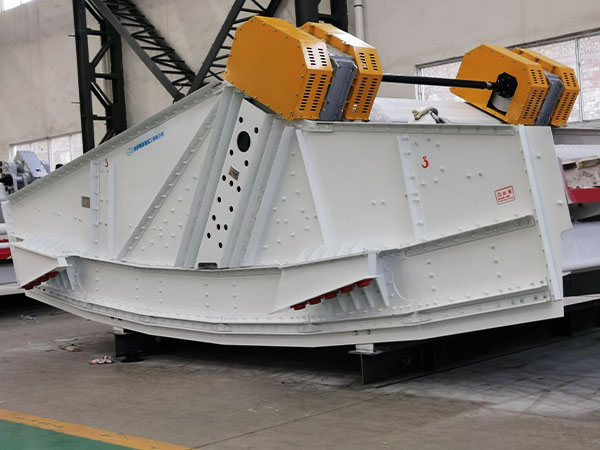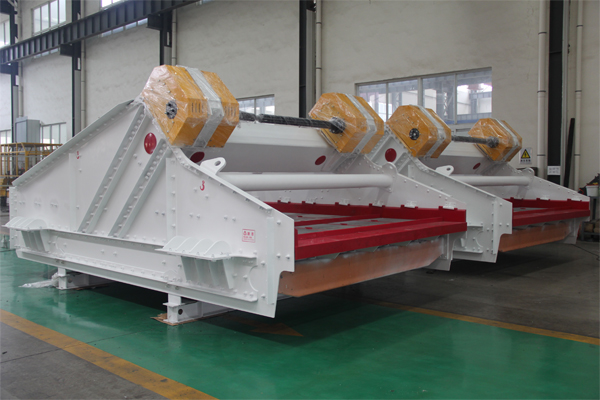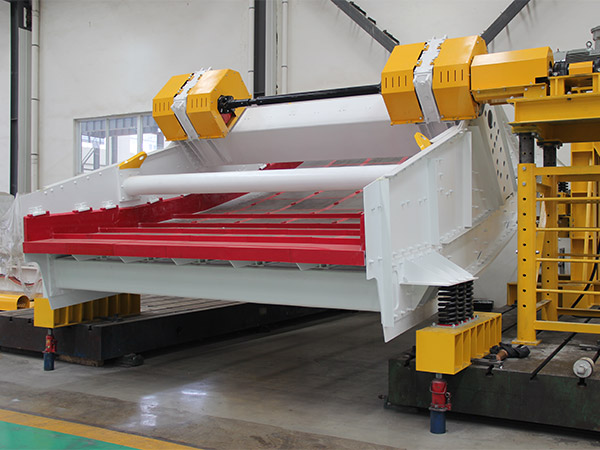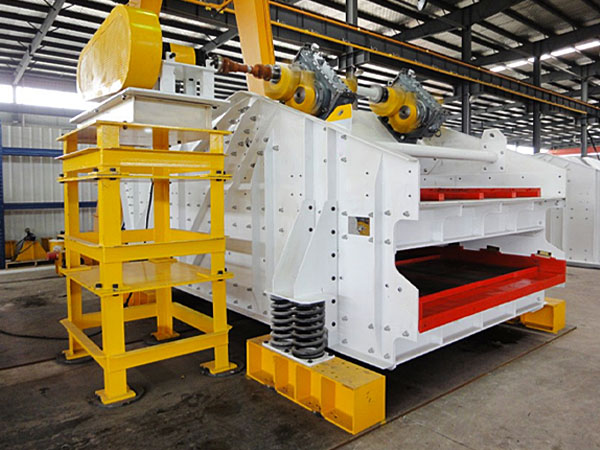Thin-walled bearings, also known as thin-section bearings or slim bearings, are specialized bearings with a thin cross-section. The production process of thin-walled bearings involves several key steps. It’s important to note that the specific details may vary among manufacturers, but the following provides a general overview of the production process.
Thin wall bearing production process

Material Selection
The production process begins with the selection of suitable materials. Thin-walled bearings are often made from high-quality steel or stainless steel, which provides the necessary strength and corrosion resistance.
Cutting Raw Material
The selected raw material is cut into the initial shape, typically in the form of rings or tubes. Precision cutting is crucial to achieving the required dimensions for the thin-walled bearing.
Cold Forming or Turning
The initial shape undergoes a forming process, which can involve cold forming or turning. Cold forming is a process where the material is shaped at room temperature without the use of heat. Turning involves the removal of material to achieve the desired shape.
Heat Treatment
The formed or turned components undergo heat treatment to enhance their mechanical properties. Heat treatment processes may include quenching and tempering to achieve the desired hardness, strength, and toughness.
Grinding
Precision grinding is a critical step to achieve the tight tolerances required for thin-walled bearings. Grinding ensures a smooth surface finish and precise dimensions for proper fit and functionality.
…
For more detailed information about the production process of thin-walled bearings, please click here: https://www.prsbearings.com/a/news/thin-wall-bearing-production-process.html












